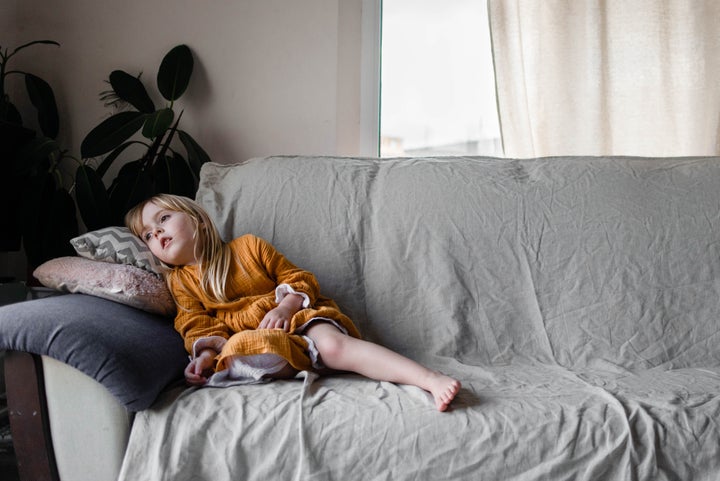
Head, shoulders, knees and Covid... toes?
As cases of Covid start to rise again across the UK, one unusual symptom has been highlighted by the Royal College of Podiatry.
Blistered feet are a rare symptom of coronavirus but are more often found among children and young people, reports the Manchester Evening News.
Similar to chilblains, so-called Covid toes can show both discolouration and swelling, with scientific research suggested they are “predominately a paediatric problem”, though have shown up in a few cases of all ages.
“Classic chilblains are defined as cold induced, erythematous or violaceous lesions accompanied by itching, oedema, pain or burning, blistering or ulceration. However, Covid-19 led to a wave of perniosis associated without any cold exposure,” the Royal College of Podiatry said in an update earlier this year.
One doctor has urged parents to have their children take tests if they appear to show signs of Covid toes.
Dr Donald Grant, clinical lead at online pharmacy, The Independent Pharmacy said: “Covid toes can appear at any age. That said, the symptom does seem most prevalent in children, teenagers, and young adults.
“The typical first signs of Covid toes are swelling and discolouration, firstly turning red and then purple as the condition progresses.”
“If you spot the early signs of Covid toes, take a test. Positive tests for those who present these symptoms should be reported to a doctor as research into the phenomenon is ongoing. It seems coronavirus continues to surprise us over two years on.”
The news comes as experts say we could be about to have our first ‘Covid-free Christmas’ in almost three years.
Modelling by University College London (UCL) predicts that Covid infections will continue to fall between now and Christmas, though unfortunately, we may see cases rise again in January 2023.